Home>Garden Essentials>What Are The Three Main Parts Of A Seed
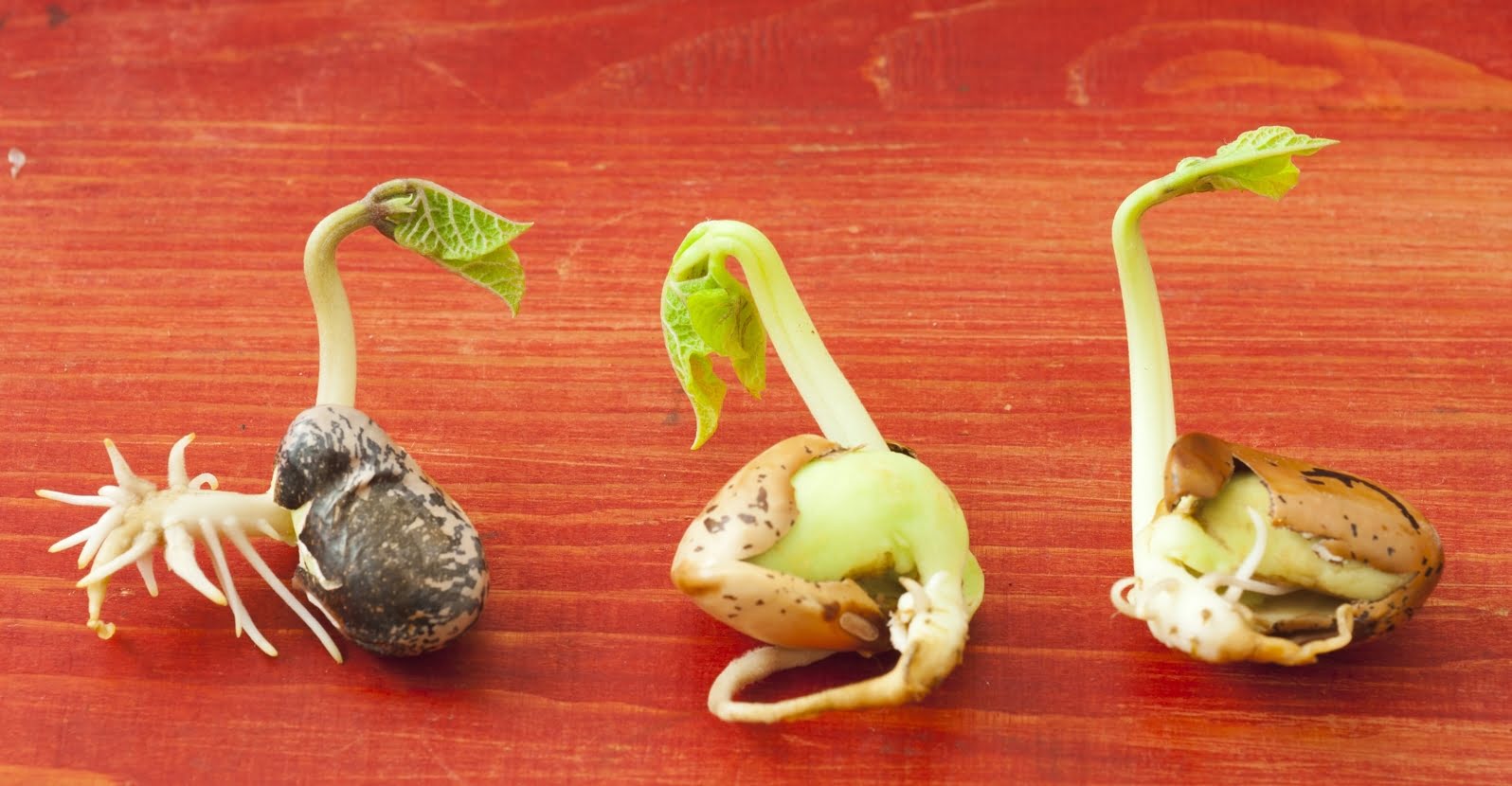

Garden Essentials
What Are The Three Main Parts Of A Seed
Modified: March 15, 2024
Learn about the three main parts of a seed and how they contribute to successful gardening in your own backyard.
(Many of the links in this article redirect to a specific reviewed product. Your purchase of these products through affiliate links helps to generate commission for Storables.com, at no extra cost. Learn more)
Introduction
A seed is a remarkable thing. It holds within it the potential for life, growth, and the creation of magnificent plants. But have you ever wondered what makes up a seed? In this article, we will explore the three main parts of a seed, each playing a vital role in its development and survival.
From the protective outer covering to the tiny embryo nestled inside, a seed is a marvel of nature’s design. Understanding these components can give us a deeper appreciation for the beauty and complexity of the plant kingdom. So, let’s dive into the fascinating world of seeds and discover the key players that make them such incredible life carriers.
Key Takeaways:
- Seeds have three main parts: the protective seed coat, the tiny powerhouse embryo, and the nutrient-rich endosperm, all working together to help a seed grow into a new plant.
- The seed coat protects the embryo, the embryo holds the plant’s blueprint, and the endosperm provides nourishment, showing the amazing teamwork within a tiny seed’s structure.
Read more: What Are The 3 Main Parts Of A Seed?
The Seed Coat
At first glance, the seed coat may seem like a simple covering, but it serves a critical purpose in protecting the delicate contents within. The seed coat is the outermost layer of a seed, and its primary function is to provide a barrier against external threats such as mechanical damage, pathogens, and dehydration.
Made up of one or more layers, the seed coat can vary in thickness and texture depending on the plant species. Some seed coats are thin and translucent, while others are thick and tough. This variation reflects the specific needs of each seed and its environment.
One fascinating aspect of the seed coat is its ability to remain dormant until favorable conditions for germination are present. During this period of dormancy, the seed coat acts as a protective shield, preventing premature growth and ensuring the seed’s viability over time. It achieves this by controlling the flow of water, oxygen, and other essential substances into the seed.
Additionally, the seed coat plays a crucial role in seed dispersal. In some plant species, it is equipped with adaptations such as hooks, barbs, or wings, which aid in dispersal by attaching to the fur or feathers of animals, or through wind or water transport.
Once the seed coat is breached either naturally through erosion or by external factors, it allows the inner components of the seed to access the necessary resources for germination. This marks the beginning of the seed’s journey towards growth and development.
The Embryo
Hidden within the protective confines of the seed coat lies the embryo, the tiny powerhouse that holds the promise of a new plant. The embryo is the developing plant contained within the seed, consisting of different specialized structures that will eventually give rise to roots, stems, leaves, and other essential plant parts.
The embryo is formed during the process of fertilization, where the male pollen meets the female ovule, resulting in the fusion of genetic material. This fusion sets in motion a series of cellular divisions and differentiations, ultimately leading to the formation of the embryo.
Within the embryo are three primary structures: the radicle, the hypocotyl, and the plumule. The radicle is the embryonic root, responsible for anchoring the plant and absorbing water and nutrients from the soil. The hypocotyl connects the radicle to the plumule, which contains the embryonic shoot along with the miniature leaves, or cotyledons.
The cotyledons serve multiple purposes, depending on the plant species. In some plants, they store nutrients that nourish the growing seedling until it can produce its own food through photosynthesis. In others, the cotyledons play a vital role in the initial photosynthetic process, providing energy for the early growth stages.
As the seed germinates, the water and nutrients absorbed by the radicle trigger the activation of the embryo’s metabolic processes. Energy reserves stored within the seed, such as starches and oils, are mobilized to support the initial growth of the seedling until it can establish a connection with the external environment and generate energy through photosynthesis.
The embryo’s development is highly choreographed, with signals from the seed coat and environmental cues dictating the timing and progression of growth. Once the embryo has developed sufficiently, it breaks free from the confines of the seed coat and emerges as a young, delicate seedling, ready to embark on its journey towards becoming a full-grown plant.
The three main parts of a seed are the embryo, endosperm, and seed coat. The embryo is the baby plant, the endosperm provides food for the embryo, and the seed coat protects the embryo.
Endosperm
The endosperm is a vital component of many seeds, playing a crucial role in providing nourishment and support to the developing embryo. It is a nutrient-rich tissue that surrounds and nourishes the embryo, ensuring its survival during the early stages of germination.
The formation of the endosperm begins with the process of double fertilization. In this process, one sperm cell from the pollen fertilizes the egg cell to form the embryo, while the other sperm cell fuses with the central cell to produce the endosperm.
The endosperm is a storage tissue specifically designed to provide essential nutrients to the growing seedling. It primarily consists of carbohydrates, proteins, and lipids, which are derived from the parent plant’s resources. These nutrients are deposited within the endosperm in the form of starch, oils, and other reserves that the embryo can utilize for energy and growth.
The composition of the endosperm can vary among different plant species. In some plants, the endosperm remains soft and liquid-filled, acting as a readily available food source for the embryo. Other plants have endosperms that become firm and starchy, providing a long-lasting source of energy for the developing seedling.
Once germination begins, the enzymes secreted by the embryo break down the stored reserves within the endosperm, converting them into soluble forms that can be absorbed and utilized for growth. As the embryo establishes its root system and starts photosynthesizing, it gradually becomes self-sufficient, relying less on the endosperm for sustenance.
In certain plant species, the endosperm persists even after the seedling has emerged, providing ongoing nourishment and support until the young plant is able to fully sustain itself. However, in other plants, the endosperm is entirely consumed during germination, and the seedling is solely dependent on its own photosynthetic capabilities.
The presence and role of the endosperm in a seed can have significant implications for human consumption and agriculture. Some seeds, like wheat and rice, have endosperms that are rich in nutrients and are valuable food sources for many cultures. Understanding the characteristics and properties of endosperms has greatly contributed to the development and improvement of agricultural practices.
Overall, the endosperm is an essential component of seed biology, ensuring the survival and successful development of the embryo. Its provision of nutrients and support is integral to the remarkable journey of a seed’s transformation into a flourishing plant.
Conclusion
Seeds are the epitome of nature’s ingenuity, and understanding the three main parts of a seed – the seed coat, the embryo, and the endosperm – gives us a deeper appreciation for their complex and remarkable structures.
The seed coat serves as a protective layer, safeguarding the delicate embryo from external threats. It also plays a vital role in seed dispersal, ensuring the distribution of plant species far and wide.
The embryo, the tiny powerhouse within the seed, holds the blueprint for the plant’s growth and development. With its specialized structures, it drives the initial stages of germination and lays the foundation for the plant’s entire life cycle.
The endosperm, a nutrient-rich tissue, nourishes and sustains the developing embryo, ensuring its survival and growth during the critical early stages. It holds the stored reserves that provide the necessary energy for the seedling’s emergence and growth until it can sustain itself through its own photosynthesis.
Together, these three parts work harmoniously to fulfill the ultimate purpose of a seed – to germinate, grow, and give rise to a new plant. They are a testament to the intricate and interconnected web of life that exists within the plant kingdom.
As gardeners and nature enthusiasts, recognizing the importance of these parts allows us to better appreciate the journey of a seed, from its humble beginnings to its transformation into a thriving plant. It reminds us of the beauty and complexity that nature holds, and the incredible potential that lies within even the tiniest of seeds.
So, the next time you hold a seed in your hand, take a moment to marvel at its intricacies – the protective seed coat, the tiny embryonic structures, and the nutrient-rich endosperm. It is a testament to the power of life and the remarkable processes that sustain our planet.
Frequently Asked Questions about What Are The Three Main Parts Of A Seed
Was this page helpful?
At Storables.com, we guarantee accurate and reliable information. Our content, validated by Expert Board Contributors, is crafted following stringent Editorial Policies. We're committed to providing you with well-researched, expert-backed insights for all your informational needs.
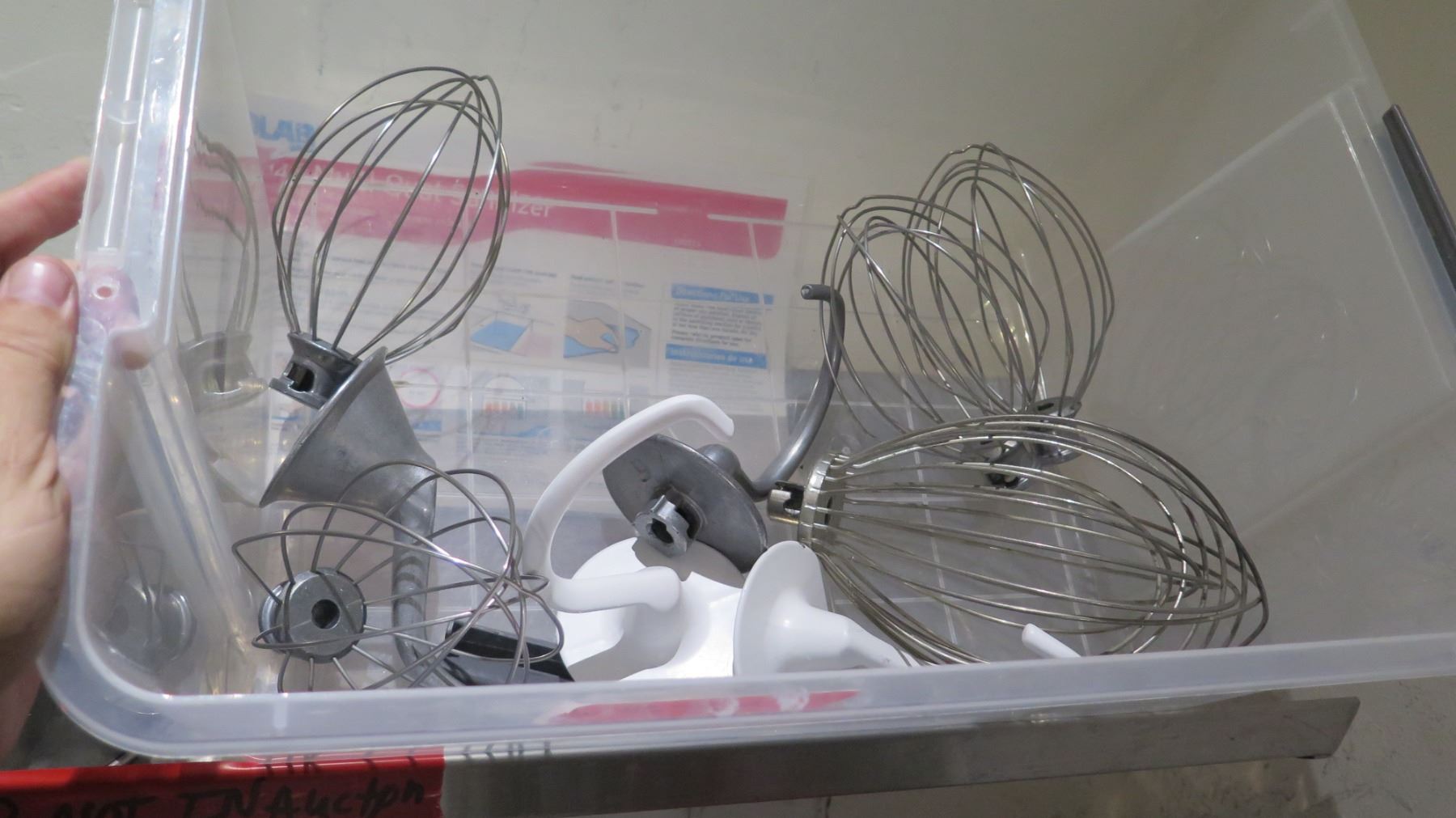

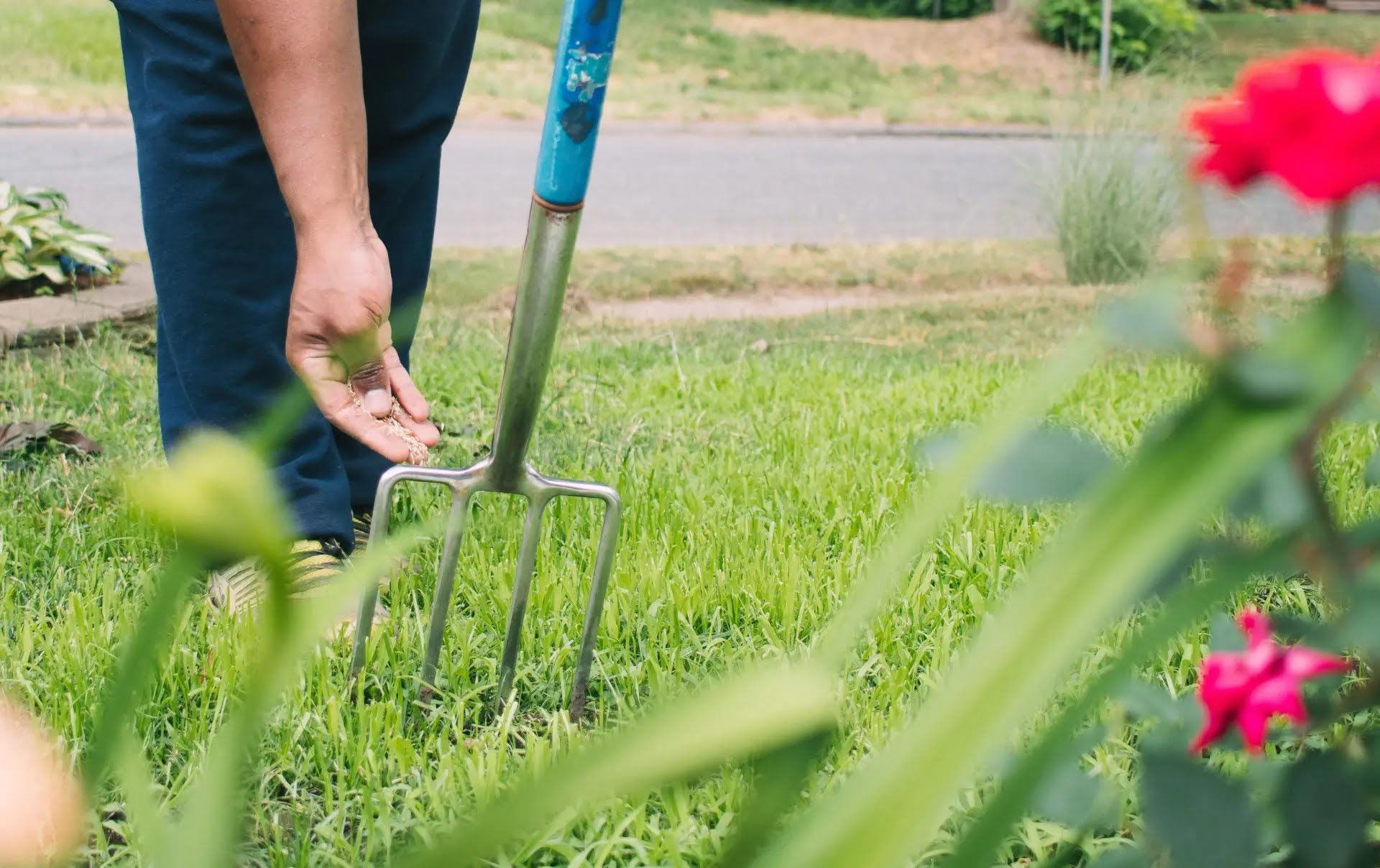
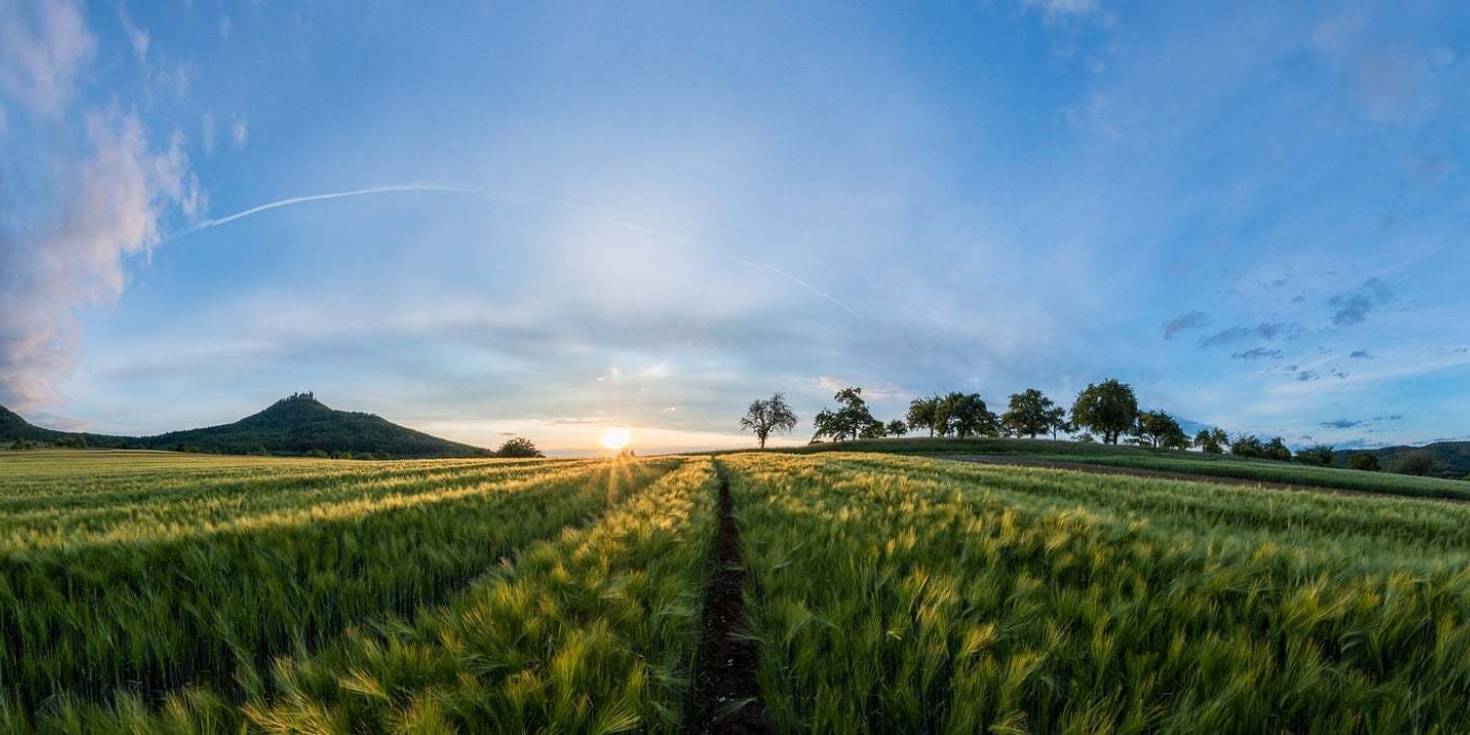
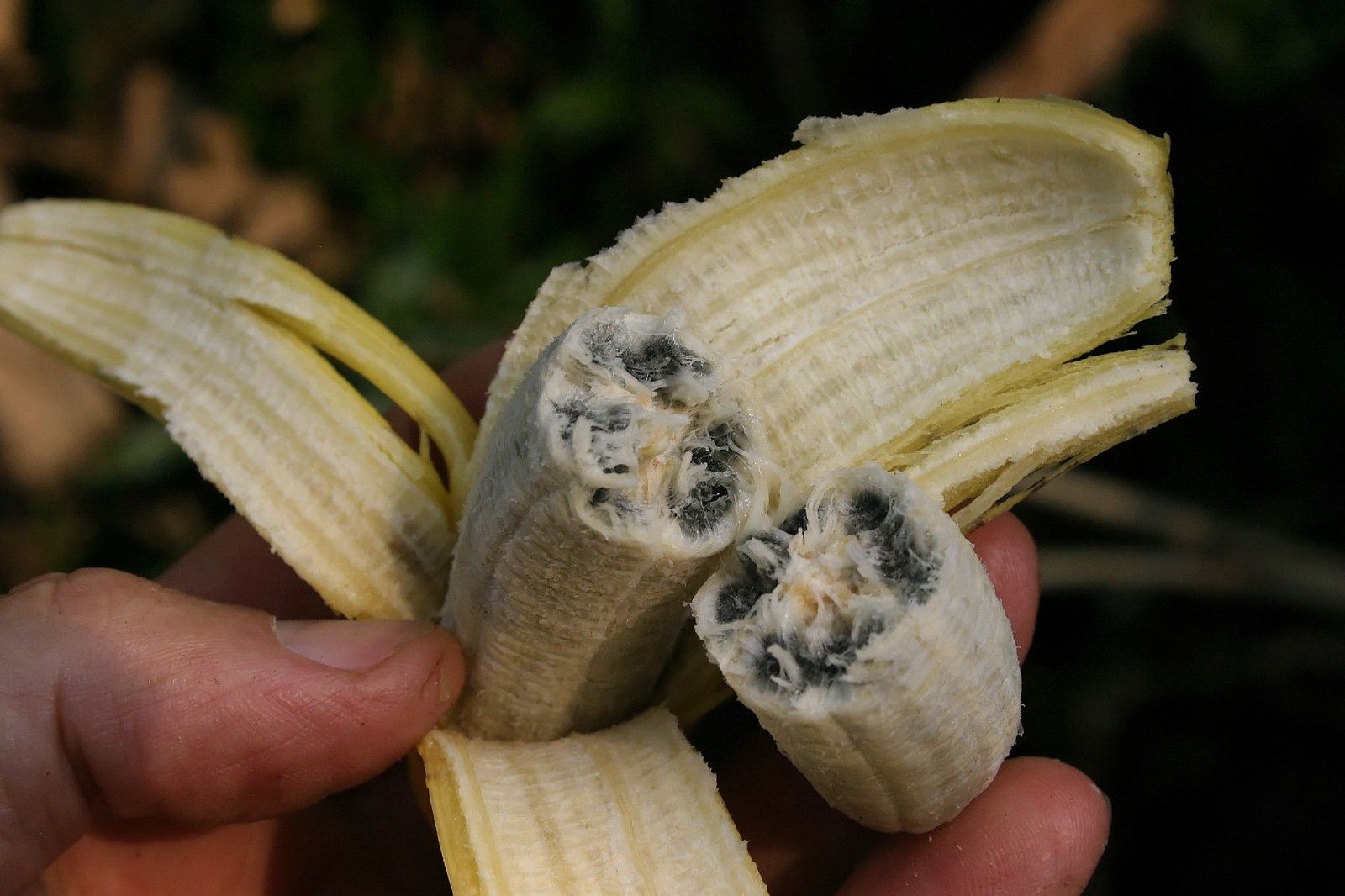
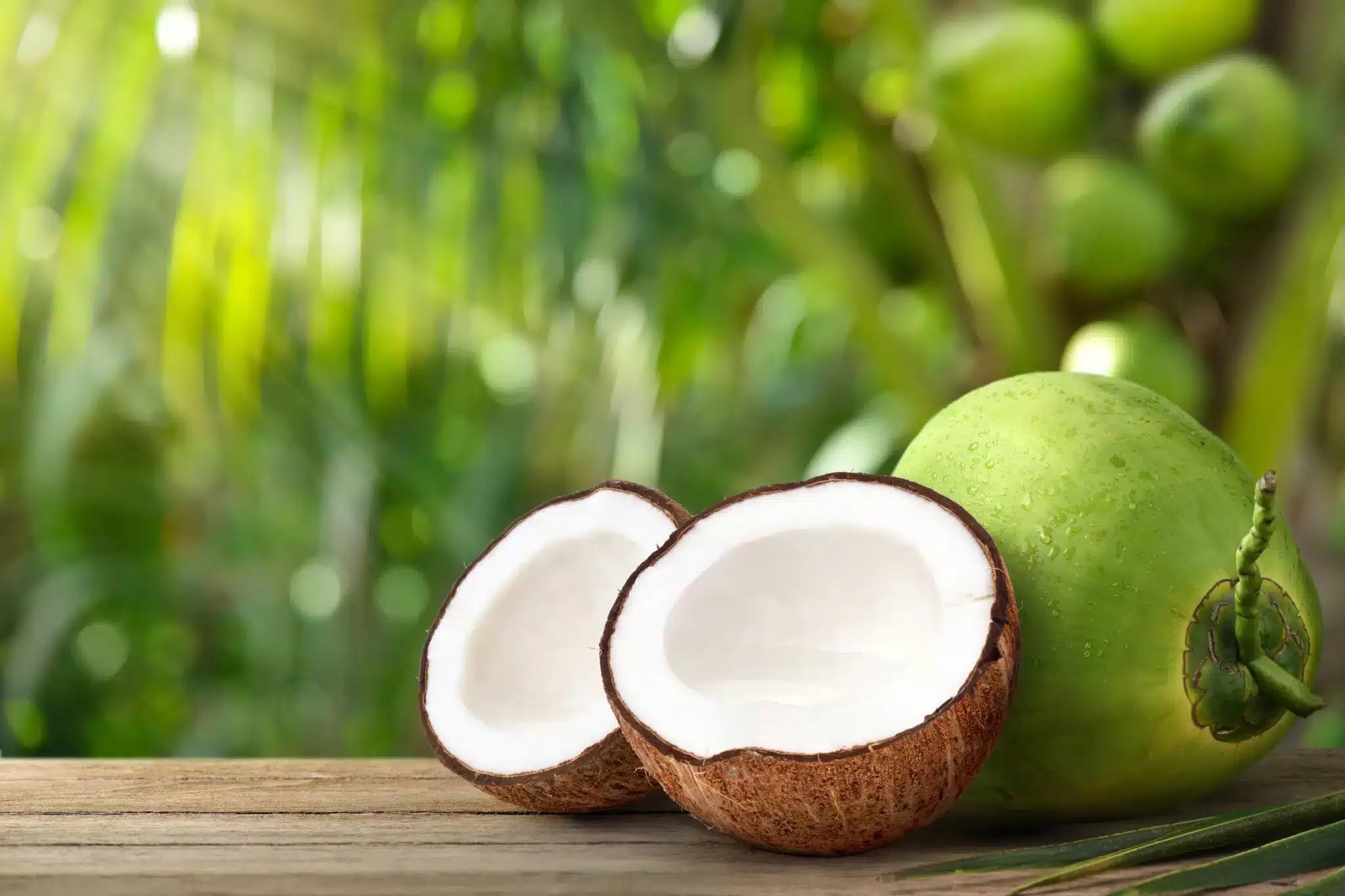
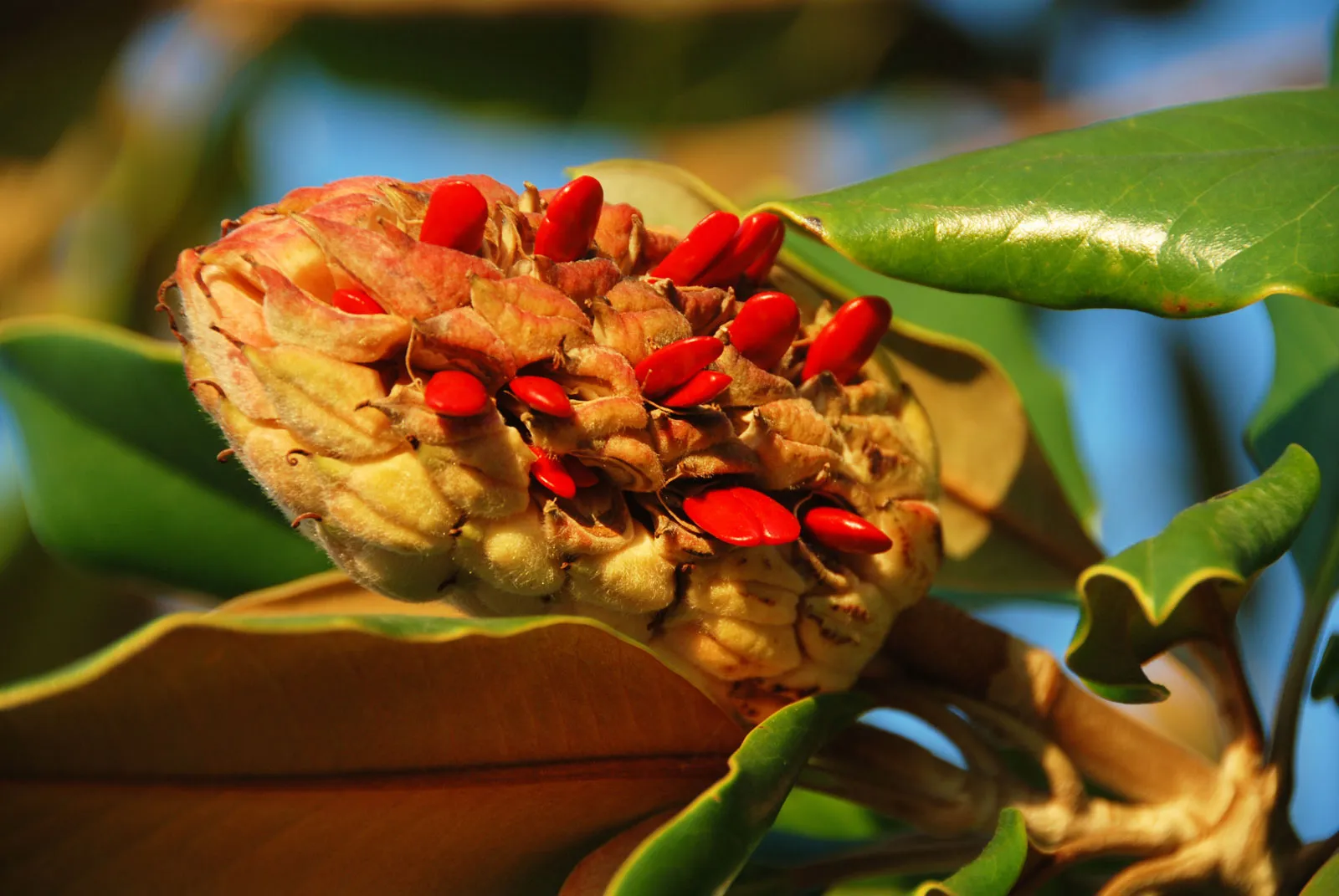
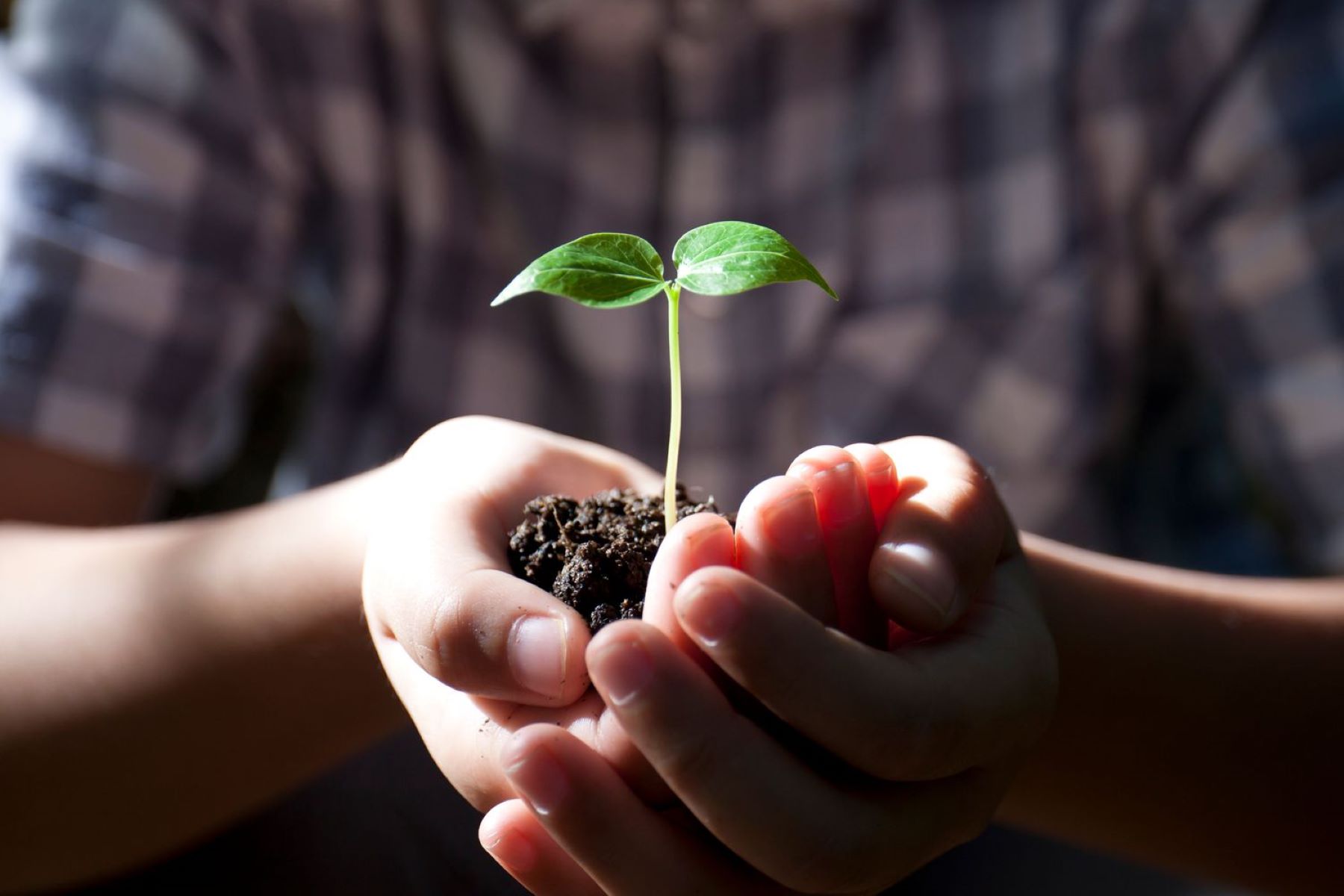
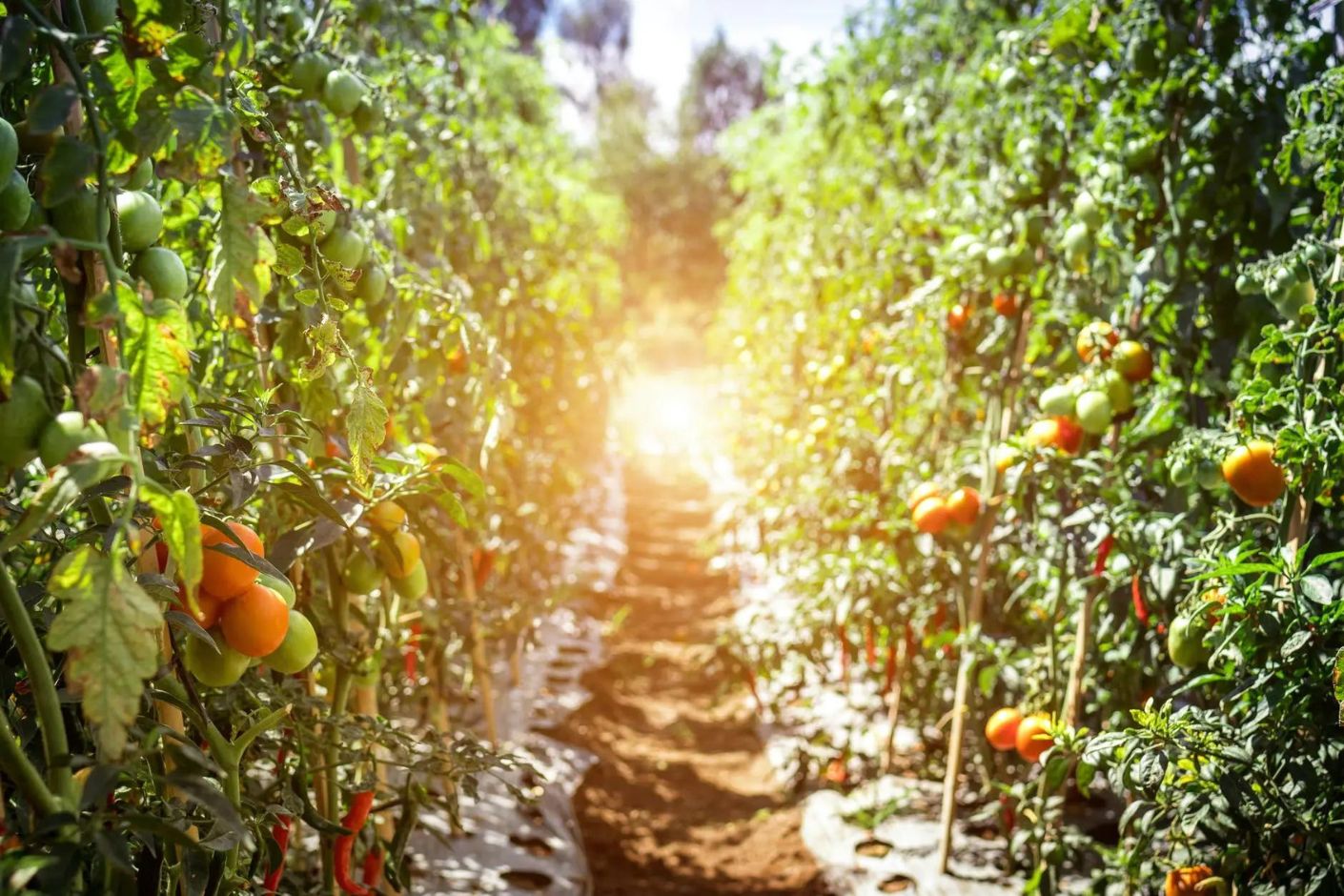
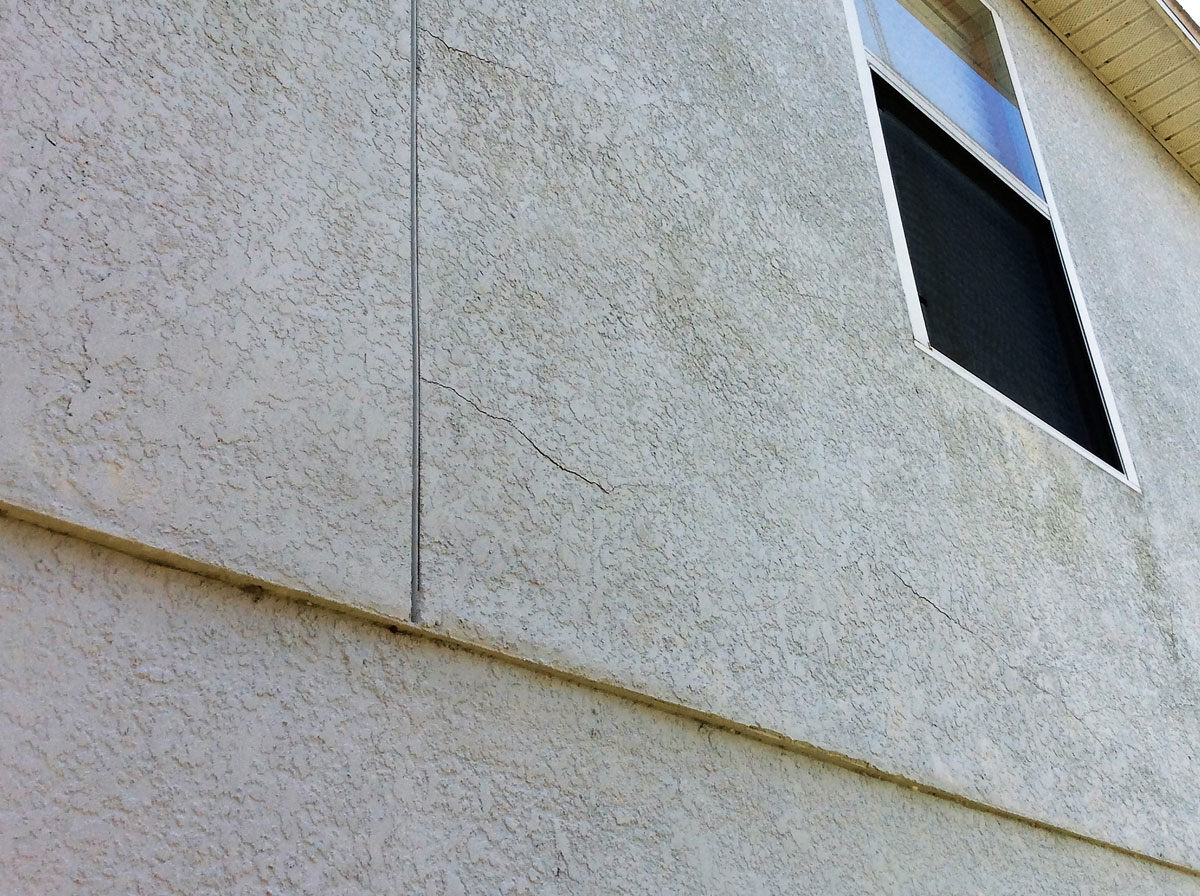
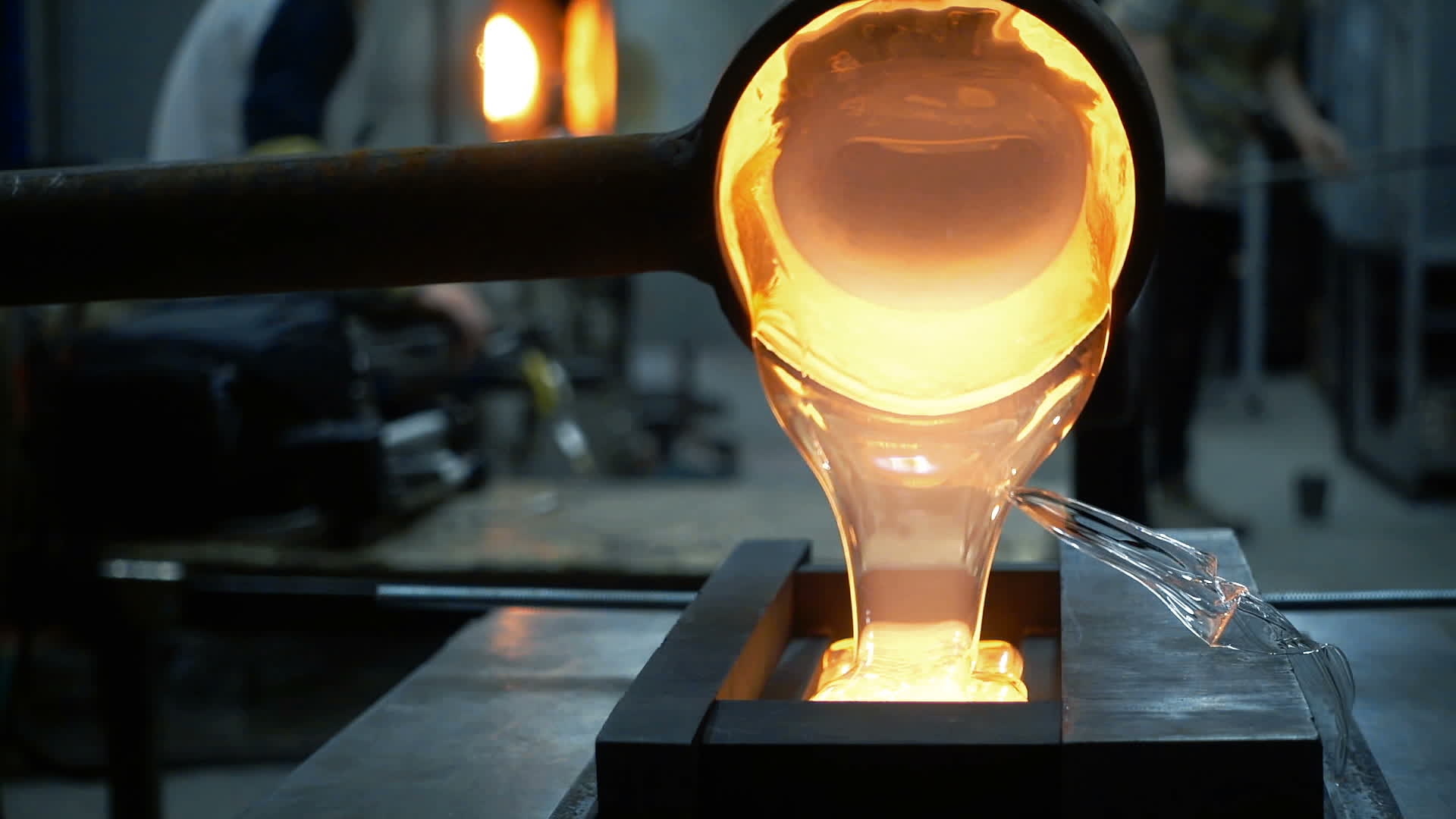

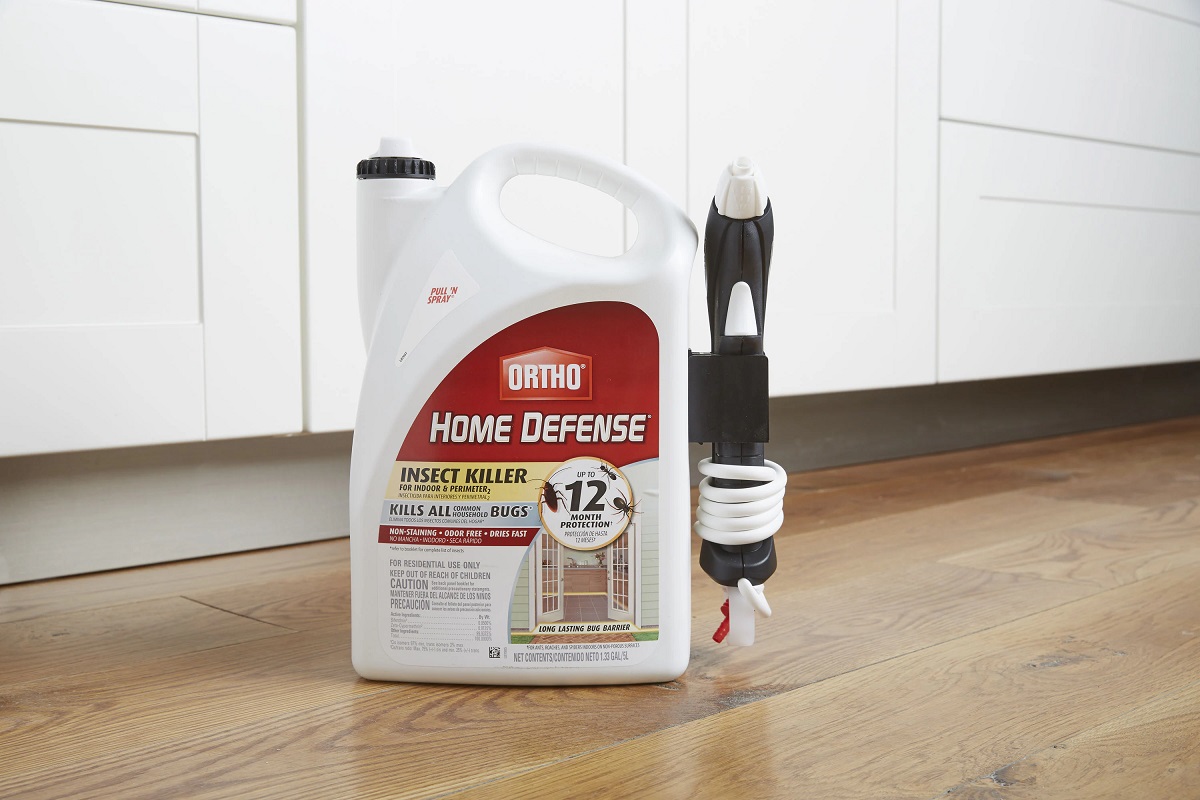

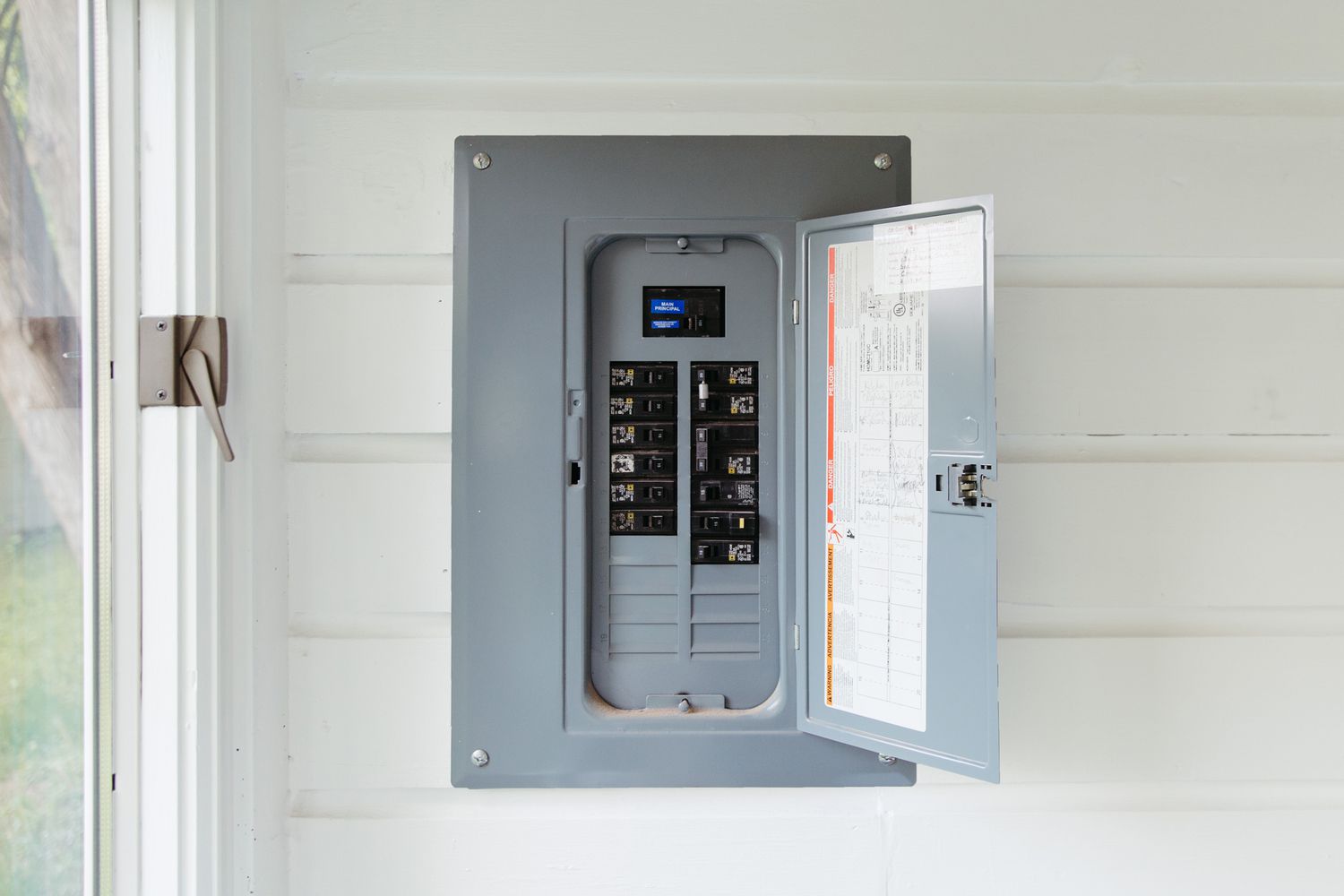

0 thoughts on “What Are The Three Main Parts Of A Seed”